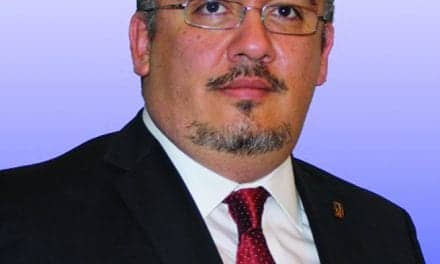1/23/07
According to a report published in the January/February issue of Archives of Facial Plastic Surgery, one third of patients who underwent closed reduction, the standard procedure to repair a broken nose, were dissatisfied with the outcome and would consider further surgery to correct their nasal deformities.
Terry Hung, MBChir, FRCS, and colleagues at the Chinese University of Hong Kong, Prince of Wales Hospital, interviewed 62 patients who underwent a closed reduction between July 1, 2002, and June 30, 2005. The interviews assessed patients’ satisfaction and the severity of their deformities aesthetically and functionally before and after the procedure. Satisfaction and severity were assessed on a scale from one to five, with one being very satisfied or least severe and five being very dissatisfied and most severe.
Fifty patients were male and 12 were female, and they had an average age of 27.7 years. According to the report, 45% of nasal fractures were caused by sports injuries, 23% by physical altercations or assaults, and 10% by motor vehicle crashes. The average score for nasal deformity was 3.08 before surgery and 1.62 after surgery, the average score for aesthetic concern was 2.97 before surgery and 1.54 following, and the average score for nasal obstruction was 2.03 before surgery and 1.36 after surgery.
Following the closed reduction, eight patients reported dissatisfaction with their nasal deformities, seven were dissatisfied with the aesthetic appearance as a result of nasal deformities, and 13 were dissatisfied because of nasal obstruction.
Although many of the patients reported improvements in nasal structure and function following surgery, the large number of dissatisfied patients suggests that alternative procedures might work better for some, the authors write.
“A stringent preoperative assessment is paramount, before patients are advised to undergo a closed reduction of a nasal fracture,” the authors continue. “A septorhinoplasty may be offered as a definitive or elective procedure when the post-injury assessment suggests that a closed reduction of the nasal fracture may be inadequate to address all the deformities.”
For comprehensive information on nasal reconstruction, see the March issue of PSP.
[www.medicalnewstoday.com, January 17, 2007]



